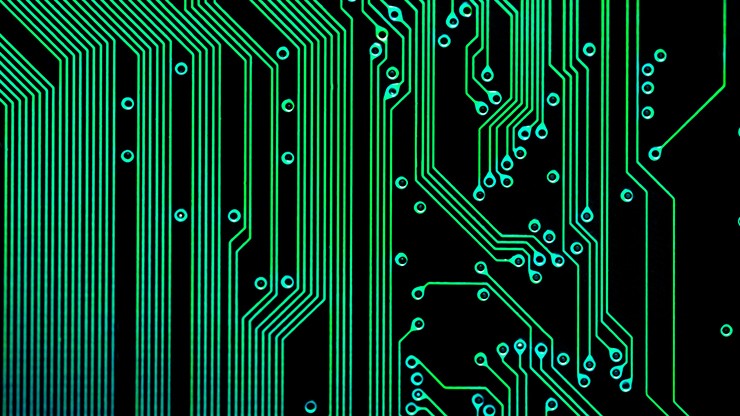
The Internet of Things also called as the IoT is the technology that is taking the world by a storm, from industries to transportations to home appliances to health care devices, all are now being controlled by the IoT. If we go by the definition “IoT” means interconnecting of the small low power devices having sensors connected to the internet so as to communicate and transfer data where it can be stored and retrieved for final processing.
What is a technology stack?
A technology stack means a set of multiple layers of software or processes. When dealing with the IoT devices, there is a need of following a set of protocols and these protocols are laid down depending on the technology and purpose of the device. An IoT device is made up of some basic units such as:
1. Sensor and actuator
2. Microprocessors and internet connection
3. Platform or cloud platform
In the absence of any of the above units, the IoT won’t function in the way it is intended to. Hence each unit works as a different network altogether and has a set of steps and protocols to follow. When the working of the first stage completes the command shifts to the next level hence, forming a stack of information or instruction. When all three unit’s protocols are combined together it forms the three basic layers or stack of the IoT device.
These basic three technology stacks are as follows-
1. Device Hardware -
The device hardware is something from which the IoT device collects and senses the information. It is the first and the only thing that comes into contact with the environment. Now the hardware of the IoT device depends on the complexity of the device and the purpose of its operation. If the device is only meant to do a single task then a single sensor will be enough. But if the device is meant to do a complex task then a number of sensors, counters and actuators will be required. The hardware devices basically comprises of the sensors as the main device.
2. Software and internet connection -
Once the information is fed into the system the software processes the data. Now, this processing in such devices is generally done with the help of the microcontrollers. Microprocessors are not used because the operations are fixed and the re-programming of the device is not needed again and again, once the data is processed it needs to be sent back to the company or to cloud database. An internet connection is mandatory in this step.
3. Cloud platform -
This is the final layer of the stack of your IoT and is considered to be the most important layer because all the data that has been retrieved and processed will get stored in the cloud and the customers will then use this service platform to control the IoT and its functionalities.
Bottom line -
The world is rapidly moving towards IoT and there remains no doubt that IoT is the new tomorrow. Having said so, it becomes all the more important for the developers to construct a strong IoT technology stack because as the stack works with time it becomes more matured and as it matures it becomes easier for the developers to implement new devices on the same technology.